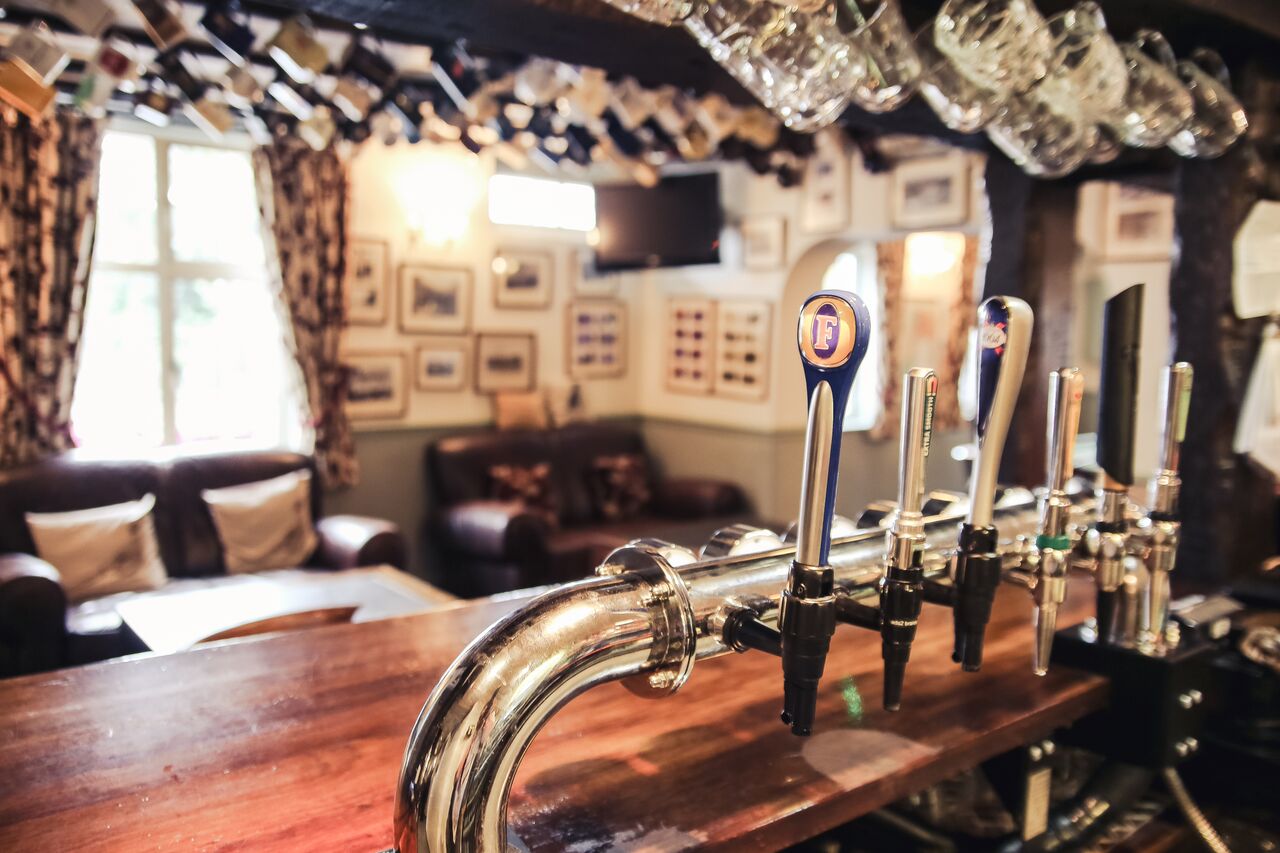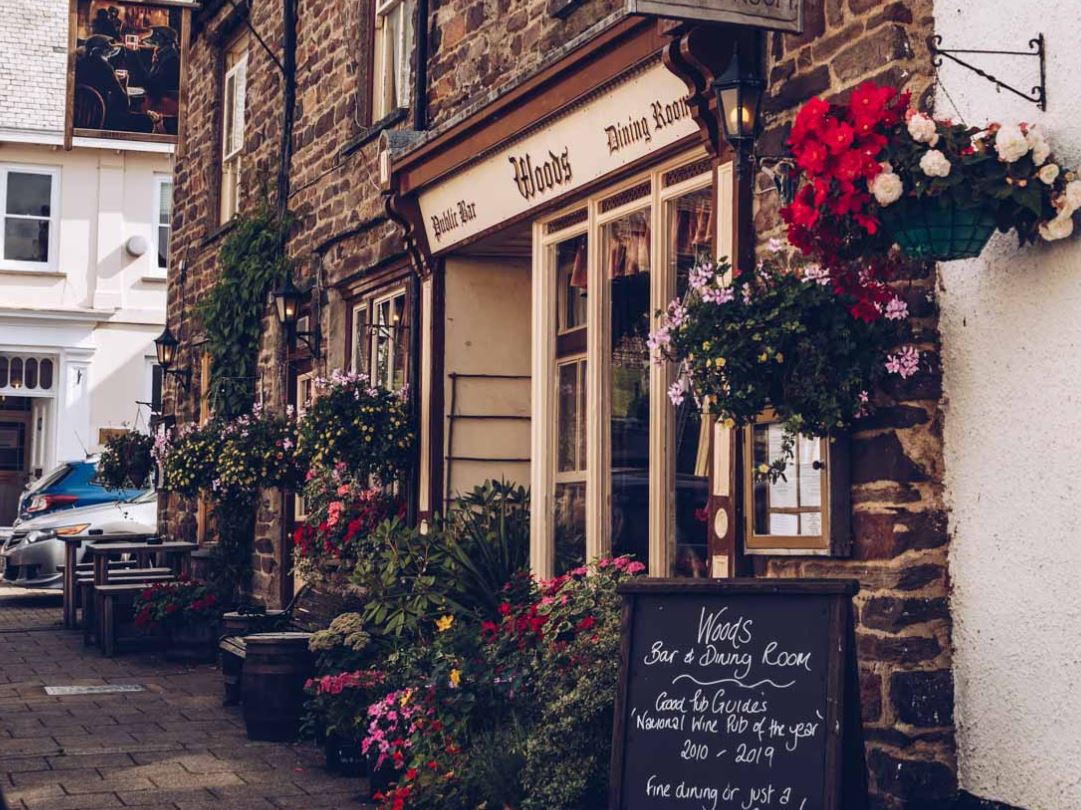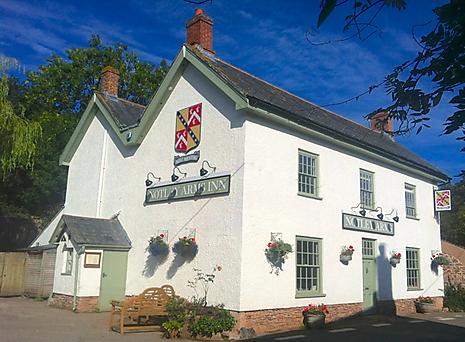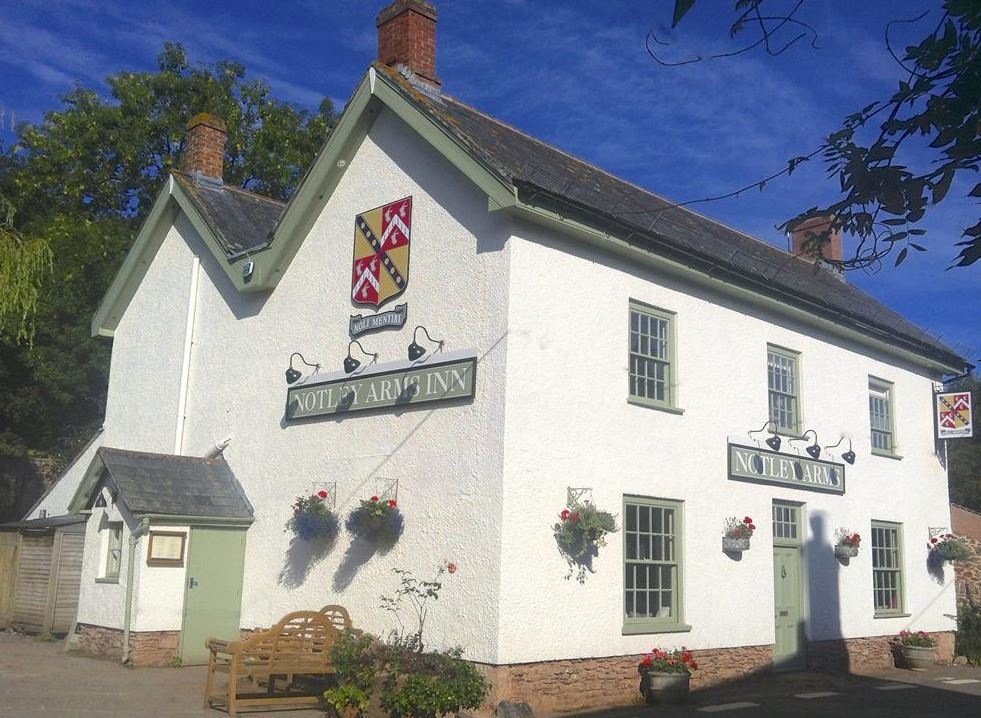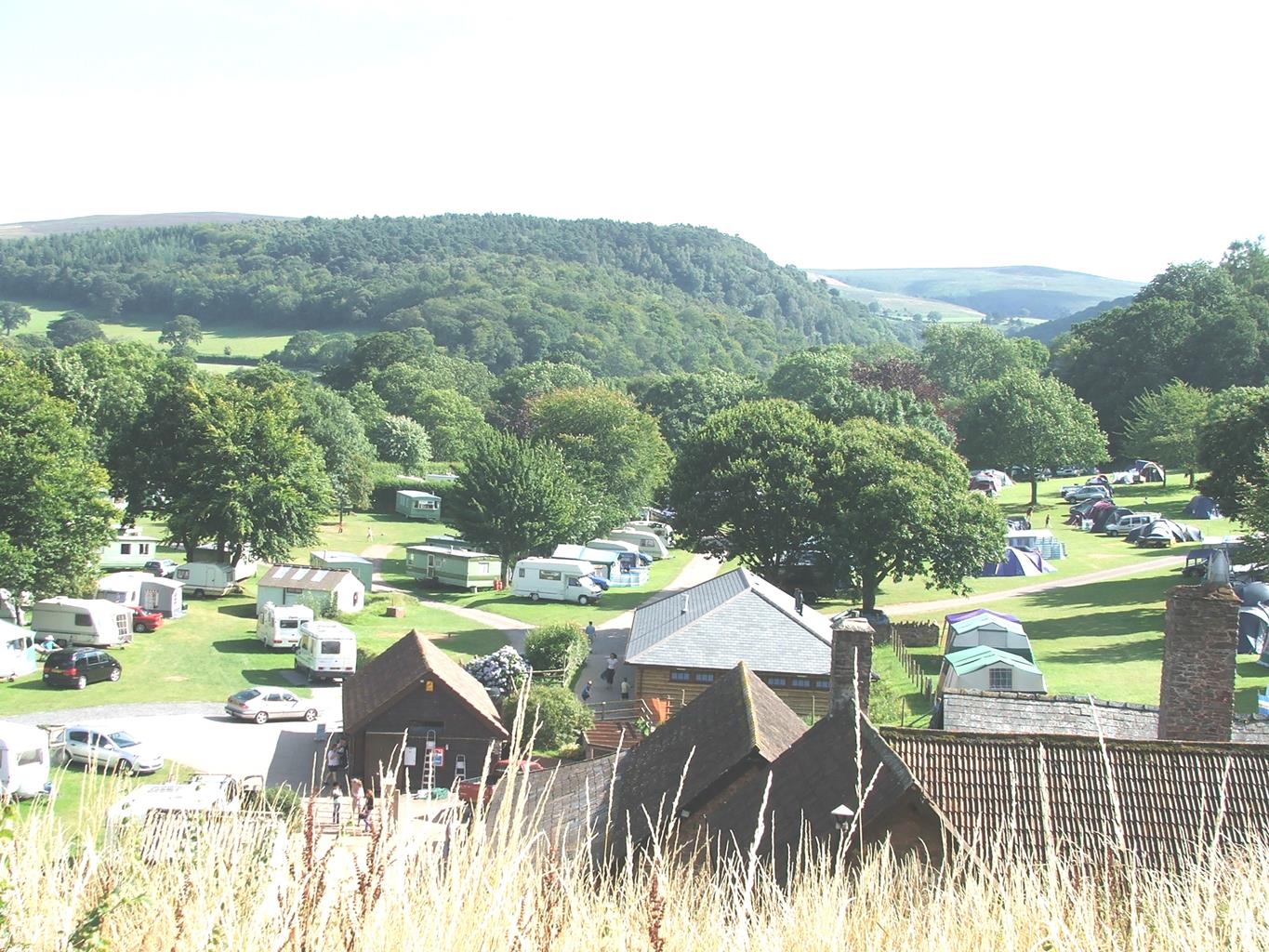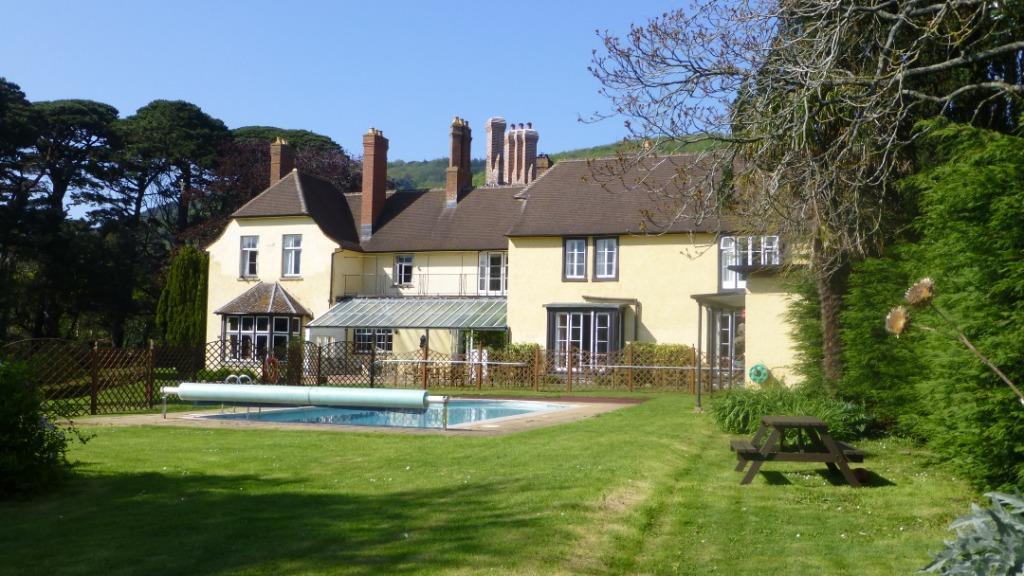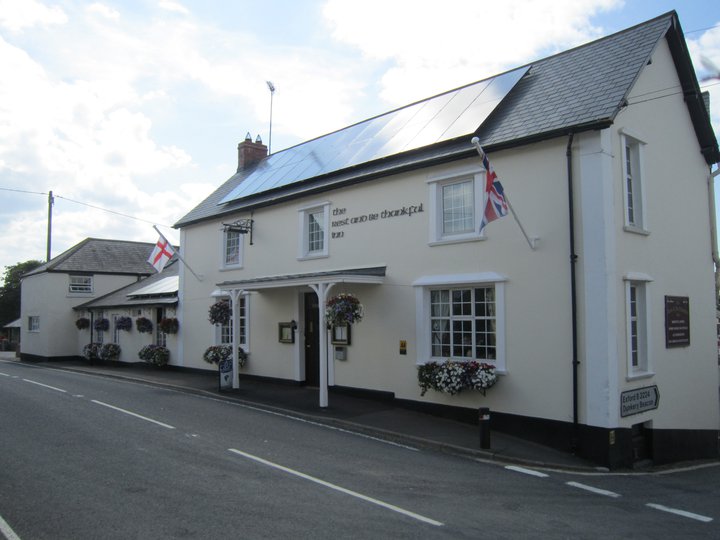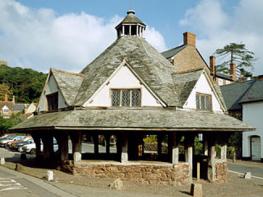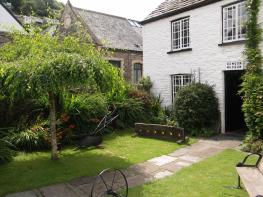A delightful site on the edge of Exmoor that slopes gently down to Horner Water. The farm…
Above the Severn

From Porlock to Minehead along paths well trodden by smugglers, coastguards and a famous poet
8.75 miles (14.1kms)
About the walk
You may not have walked the entire 630-odd miles (1.013 km) of the South West Coast Path from Poole to Porlock, but this final stretch gives a taste of what the longest of Britain’s National Trails is all about in more ways than one. Historically, its origins lie in the days of bad buccaneers and low-life smugglers, when every sheltered cove and sandy beach was an entry point for contraband goods. By the 18th century the Crown was losing millions in tax revenue and, in a somewhat vain effort to stem the flow of brandy and ‘baccy, coastguards were recruited to walk the coastal path all night and in all weathers, one man for every quarter-mile (400m). Almost every officer and man in the Royal Navy must have taken part either in smuggling or in its prevention. The resulted skill in foul weather seamanship and coastal raiding certainly contributed to the Navy’s success against Napoleon Bonaparte.
Walking along the edge
Today, the Coast Path is Britain’s most popular long-distance walk, taking hikers on a glorious tramp round the south-west corner of Britain. This path, following the old coastguard route from lighthouse to lighthouse, was re-established over a 30-year period as a continuous right of way. The result is a surprisingly arduous walk: coastguards had to be able to peer into every secluded cove and bay, so the path hugs the coast and rarely takes the quickest route between two points. The views are superb on this stretch: far-distant Wales and the islands of Flat Holm and Steep Holm: their names reflect their profiles. This Exmoor section was still a coastguard path when the poet Coleridge lived at nearby Nether Stowey. It was a favourite walk and he completed the 45 miles (72 km) from the Quantocks to Lynton in a single day no less than three times.
The person from Porlock
Poetry fans will immediately also associate Coleridge with the mysterious ‘Person from Porlock’, who interrupted the poet while he was in the midst of writing his poem Kubla Khan. He himself describes how the entire piece had come to him in a dream – or more possibly an opium-induced haze. On waking, he managed to get 54 lines on paper before the knock on the door; by the time he’d dealt with the unwelcome visitor the words were lost and the poem remains unfinished. The poet Thomas de Quincy conjectured it might have been Coleridge’s doctor, who also supplied him with opiates, but modern scholars have suggested that he made up the story of the Porlock interruption to explain Kubla Khan’s fragmentary state when he realised he was, for once, lost for words.
Walk directions
From Porlock church take the main road back towards Minehead and after about 50yds (45m) turn left into Sparkhayes Lane. Take the first left and continue, ignoring two right turnings, until you reach the end of the village. Look out for steps on the right, take these to emerge into a residential street (Bay Road). At its end, turn left into a hedged path. Ignore kissing gates on the left to the field paths. The well-used main path eventually leads to a lane, where you turn right into the thatched village of Bossington.
Pass to the right of the car park to a footbridge. A track on the left, signed Hurlestone, starts by the river, later climbing (signed Hurlestone Point) onto open hill. As it passes the National Trust collecting cairn note the path on the right climbing into Hurlstone Combe, before continuing ahead to the old coastguard viewpoint on Hurlstone Point. The path ahead traverses a steep, exciting and atmospheric corner of the coastline. It should be avoided, and is sometimes closed, when slippery (after heavy rain) and in high winds; you may prefer to avoid it altogether. The alternative is to retrace your steps along the arrival path then fork left to a slightly higher one. Above the NT cairn, turn on to path up Hurlstone Combe. The narrow path contours round the headland into a shallow combe formed by landslips. The path turns sharply back to the right, to zig-zag up the combe side. The spur above is rocky, so the path continues just down to the right of the crest, to the signpost at the head of Hurlestone Combe.
Turn uphill on a broad path, eventually with cairn of Selworthy Beacon ahead. In the dip before this, note where the coast path forks off to the left, but keep ahead to the top of Selworthy Beacon.
Return down the path for 80yds (73m) then fork right to rejoin the coast path. Follow its clear track just above the enclosed pastures. The track follows the foot of the open moorland, and eventually crosses the end of a tarred lane. After 0.5 miles (800m), above the V-notch of Grexy Combe, fork left on a softer track to stay along the moor foot. The way rises to a gate with a sign marking the end of the Holnicote Estate. This rises to a gate. Follow the coast path sign to keep on the same level for another 0.5 miles (800m), to a bench and signpost with a car park just above.
Here take the steeper downhill fork, signed ‘Coast Path Minehead harbour’. After 200yds (183m) the path turns to the right, and becomes a splendid, broad and gentle terrace path, through a steep oakwood.
At a path junction and gate, turn down sharp left ‘Coast Path Minehead’, and through a gate to descend steeply to the foot of the wood and a house. Double back on a tarred track above the shoreline, fork left on to an earth track, and fork down left on a small path under holm oaks – all signed as Coast Path. A tarred shoreline path leads to Minehead Harbour. Ahead, along the shore road a pair of aluminium map-reading arms are the marker for the end or the beginning of the rather longer coast path right round to Dorset.
Additional information
Coast path, one steep, exposed, avoidable section
Moorland, grassland and wood, high above sea
Open land, dogs must be under control
AA Walker's Map 13 Exmoor
Pay-and-display all along Minehead seafront
Porlock, Bossington, Minehead Harbour
<p>Buses run from Minehead to Porlock Monday to Saturday, with the last bus leaving for Porlock at 6pm.</p>
WALKING IN SAFETY
Read our tips to look after yourself and the environment when following this walk.
Find out more
Also in the area
About the area
Discover Somerset
Somerset means ‘summer pastures’ – appropriate given that so much of this county remains rural and unspoiled. Ever popular areas to visit are the limestone and red sandstone Mendip Hills rising to over 1,000 feet, and by complete contrast, to the south and southwest, the flat landscape of the Somerset Levels. Descend to the Somerset Levels, an evocative lowland landscape that was the setting for the Battle of Sedgemoor in 1685. In the depths of winter this is a desolate place and famously prone to extensive flooding. There is also a palpable sense of the distant past among these fields and scattered communities. It is claimed that Alfred the Great retreated here after his defeat by the Danes.
Away from the flat country are the Quantocks, once the haunt of poets Samuel Taylor Coleridge and William Wordsworth. The Quantocks are noted for their gentle slopes, heather-covered moorland expanses and red deer. From the summit, the Bristol Channel is visible where it meets the Severn Estuary. So much of this hilly landscape has a timeless quality about it and large areas have hardly changed since Coleridge and Wordsworth’s day.
Nearby stays
Restaurants and Pubs
Nearby experiences
Recommended things to do
Why choose Rated Trips?
Your trusted guide to rated places across the UK
The best coverage
Discover more than 15,000 professionally rated places to stay, eat and visit from across the UK and Ireland.
Quality assured
Choose a place to stay safe in the knowledge that it has been expertly assessed by trained assessors.
Plan your next trip
Search by location or the type of place you're visiting to find your next ideal holiday experience.
Travel inspiration
Read our articles, city guides and recommended things to do for inspiration. We're here to help you explore the UK.

